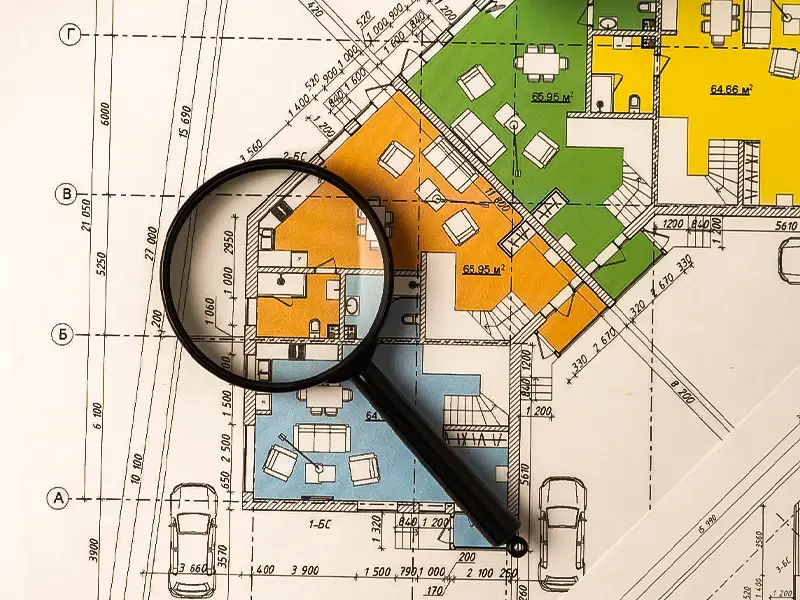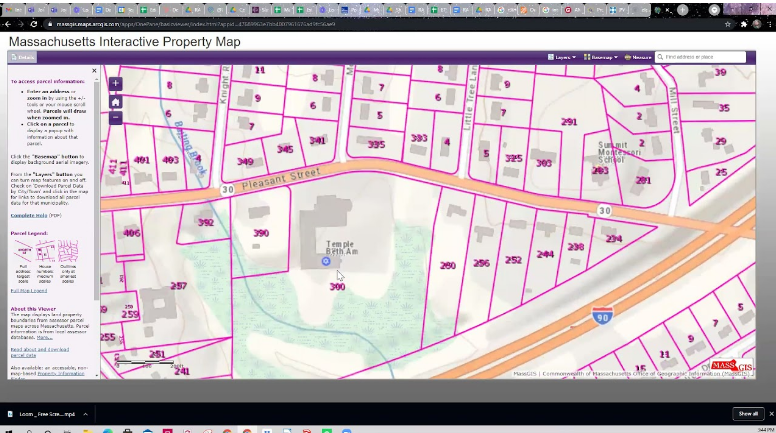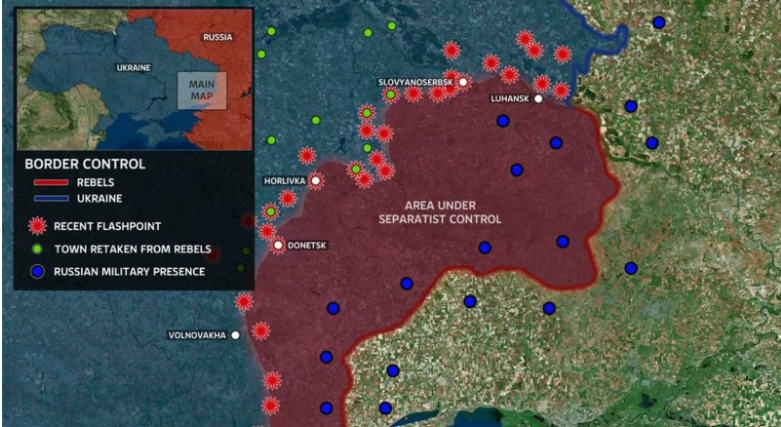When an entity is studied through analysing, evaluating, and modelling geographical data features—such as locations, qualities, and relationships—the geometric or geographic properties of the data are revealed. This is known as spatial analysis.
Geographic information is assimilated, and its applicability for a target system is defined using various computer models, analytical methods, and algorithmic methodologies.
Astronomy benefits from applying spatial analysis because it studies, explores, and comprehends the location of star systems in the vast universe.
Additionally, “place and route algorithms” are employed in this step of the chip production process to create wiring frameworks and architectures. Supply chain and logistics modelling, disaster warning and recovery, agriculture, urban ecosystem management, healthcare, and several other sectors depend heavily on spatial analysis.
Essentially, spatial data—which offers a numerical representation of any physical object in a geographic coordinate system—is the source of insights for spatial analysis. A map functions as a spatial unit. Geometric and geographic are the two primary categories into which spatial data is divided.
Geometric data projects spatial information on 2D surfaces. On the other hand, geographical information indicates a location or entity’s latitude and longitude and is superimposed on a sphere, such as the Earth. While GPS devices provide precise geographic information, applications like Google Maps employ 2D data to give users navigational directions.
Georeferencing and geocoding are two more essential components of geospatial analysis. Geocoding locates precise locations on the planet’s surface, such as states, countries, etc., whereas georeferencing models the Earth’s surface by assigning data coordinates to vectors or rasters.
How Can GIS Navigator Help You See Data Differently?
Uncover trends, analyse locations, and make confident choices.
📞 Schedule a Call | 📩 Email Us | 💼 Get a Quote Now
Spatial Data
Various formats, such as Raster and vector, are available for expressing spatial data. Vectors visually depict the natural world using polygons, lines, and points. Points can be used to make lines, which can create enclosed areas in the shape of polygons. These vector data types allow physical items on Earth’s surface to be graphically mapped. Shapefiles contain the data.
On the other hand, Raster represents data as a pixel grid where each pixel represents a unique piece of information, such as colour or measurement unit. Generally speaking, Raster refers to imagery; however, in spatial analysis, it relates to “orthophotographs,” which are satellite or aerial photos.
An attribute is an additional representation for non-spatial data, vectors, and Raster. This pertains to supplementary data that enhances the spatial data of the studied object, such as photographs, maps, or other information.
Importance of Spatial Analysis

Mapping physical things is just one aspect of spatial analysis. Decision-makers can use the combined version of this spatial data gathered from several sources to take appropriate action when necessary. Spatial analysis, for instance, can help with traffic control in an urban environment, enabling officials to act toward creating resilient cities.
Explore: GIS Transportation Management Services
Additionally, using the technology, users may monitor the disease’s geographic progression and make investments to stop its spread. In addition, during a fatal epidemic like COVID-19, government agencies can map vaccination programs for a specific geographic area using spatial data.
Spatial analysis is now a necessary component of our daily lives. It is now a ubiquitous tool, from ordering a cab using an app to tracking our e-commerce or food deliveries to using GPS to get from one area to another.
While satellite images and other spatial data have been around for a while, it has been challenging to sift through enormous amounts of data and produce useful information. However, with the rise of machine learning (ML) and artificial intelligence (AI), spatial analysis has become much more accessible, increasing corporate profits and occasionally saving lives.
Spatial Analysis – Setting Up Objectives
The peculiar feature of GIS spatial analysis and modeling is its flexibility. You can match as many layers as you like and get different results accordingly.
The scope of applications covers numerous branches including agriculture, forestry, marine sciences, oil and gas, mining, demography, economy, to mention a few. In particular, spatial analysis for agriculture defines vegetation density, degree of soil moisture and soil temperature, crop state, etc.
It enables farmers to allocate resources in the most efficient way (like sparing distribution of chemicals). In forestry, spatial data analytics helps to spot deforestation and predict fires by critical temperatures.
Relying on spatial analysis results, oceanologists identify oil spills, and demographists can decide if educational and healthcare institutions are sufficient to meet the population needs of the studied region.
With spatial data analysis in GIS, logistic specialists build up the fastest or safest routes, retailers see the most advantaged store location, and rescue teams allocate aid to the most affected areas.
For complex questions in spatial analysis, it is important to split them into more specific ones. Answering each of them, you will reach a goal step by step.
For example, a chain store owner may be interested in: “What is the best location for a new shop in LA?” This query can comprise several minor ones:
Applications of GIS
Urban Planning: Helps in site selection for new developments, analysing traffic patterns, and planning public services.
Environmental Management: Aids monitoring natural resources, assessing environmental impacts, and managing conservation efforts.
Public Health tracks disease outbreaks, identifies health service gaps, and plans healthcare infrastructure.
Transportation: Optimizes route planning, manages logistics, and improves transportation networks.
Retail and Marketing: Analyses customer demographics, identifies market potential, and plans retail locations.
Need Expert Spatial Data Analysis Services?
Our team specializes in transforming complex spatial data into actionable insights for your business.
📞 Schedule a Call | 📩 Email Us | 💼 Get a Quote Now
How Does Spatial Analysis Work?

Spatial Analysis Process
The spatial analysis follows a series of well-defined steps, including:
Exploration: One way to accomplish this is by utilising an existing spatial data file or applying geocoding, which converts data points like latitude, longitude, and postcodes into precise geographic coordinates and projections.
Modelling: Utilising descriptive analytics to calculate metrics and shapes, such as isochrone maps showing routes and travel times between locations and additionally, encoding spatial features like polygons and lines to create 2D and 3D models of real-world objects.
Comparison: Combining different spatial shapes facilitates the computation of overlap or boundary areas, leading to the creation of calculated points, lines, or polygons—new spatial information.
Prediction: Analysts can identify trends and display interactive maps with projected data by examining how spatial analytics evolves.
Types of Spatial Analysis
Spatial Data Analysis
A location-based attribute, property, or relationship is used to determine the value of the data that is gathered, processed, and enhanced. Details like location, position, and distance are made possible that would not otherwise be possible to find.
Spatial Autocorrelation
Testing aims to determine if closely co-located data points share similar characteristics. Spatial autocorrelation, for instance, can be used to determine whether a disease is isolated or occurs in groups near a location.
Spatial Stratified Heterogeneity
The patchiness or heterogeneity of a set of layers or strata within predefined bounds is based on the unequal distribution of features in a spatial region. As part of a more thorough descriptive analysis, it is frequently used to evaluate coverage within many geographic polygon zones.
Spatial Interpolation
Values at other unknown points are estimated from location-based data points with known properties. To produce an interpolated statistical “surface” across the region of interest, this kind of interpolation is frequently used to estimate temperatures across weather station locations.
Spatial Regression
Models considering spatial and conventional numeric features to infer numeric outcomes like birth rates and salaries are constructed.
Spatial Interaction
The interplay of several things, such as points, lines, and polygons, yields insights. Boundaries may come into contact, regions overlap, or one spatial entity may enclose another.
Simulation and Modelling
Geospatial objects and their properties can be analysed and understood to reveal changes after experimental conditions are met.
Multiple-Point Geo statistics (MPS)
A group of algorithms that mimic patterns and spatial structures using a statistical model as a basis. MPS is frequently used for subsurface reservoir models and concentrates on using probability distributions to describe geographic structures.
Enhance Your Decision-Making with Advanced Spatial Analysis!
Leverage our GIS solutions to uncover hidden patterns and optimize your strategies.
📞 Schedule a Call | 📩 Email Us | 💼 Get a Quote Now
Conclusion
Spatial analysis is a vital tool in the arsenal of modern data analysis. Its ability to visualise, analyse, and interpret spatial data makes it indispensable in numerous fields. As technology advances and the availability of spatial data increases, the importance and application of spatial analysis will continue to grow, driving better decisions and fostering a deeper understanding of the world around us. Whether you’re a city planner, an environmental scientist, or a business analyst, mastering spatial analysis can unlock new opportunities and insights in your work.
If you want GIS solutions for your business, feel free to contact GIS Navigator as a leading GIS mapping company.



